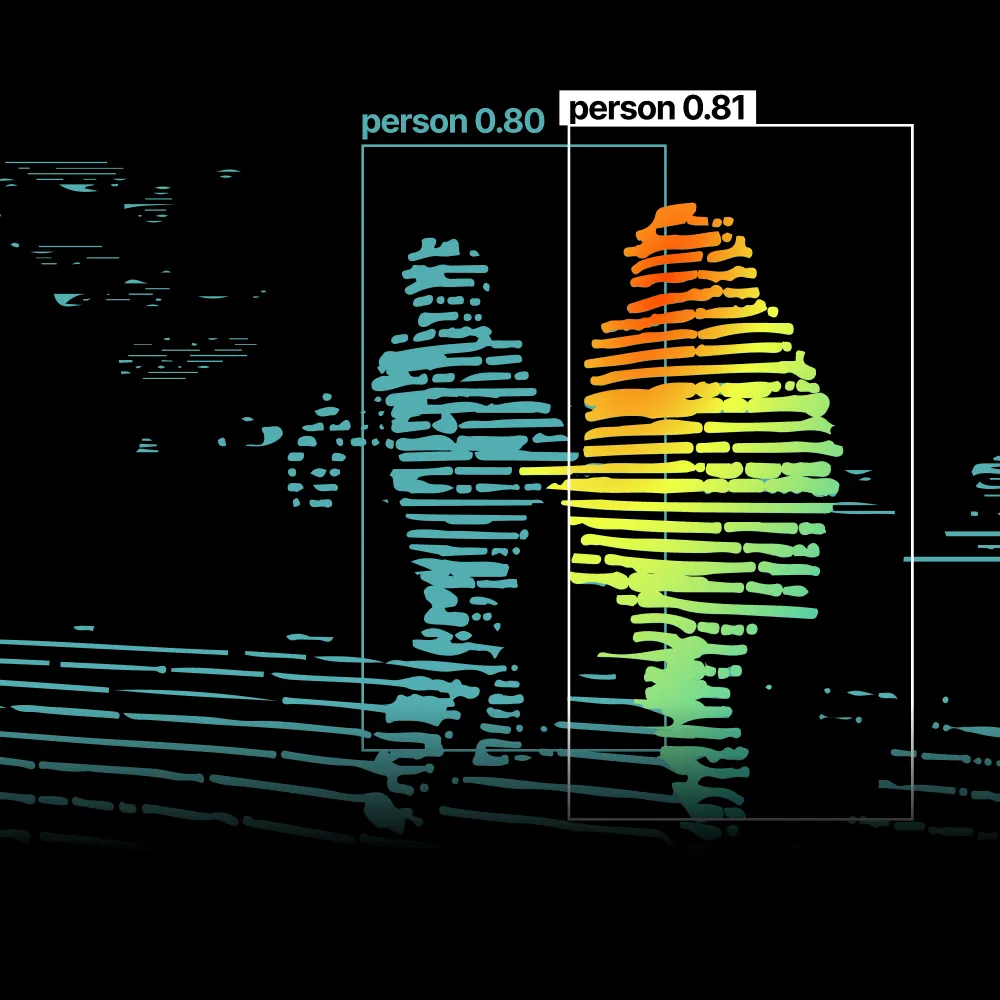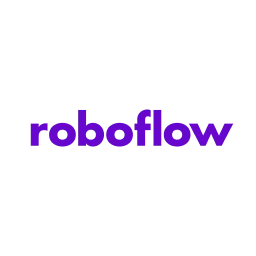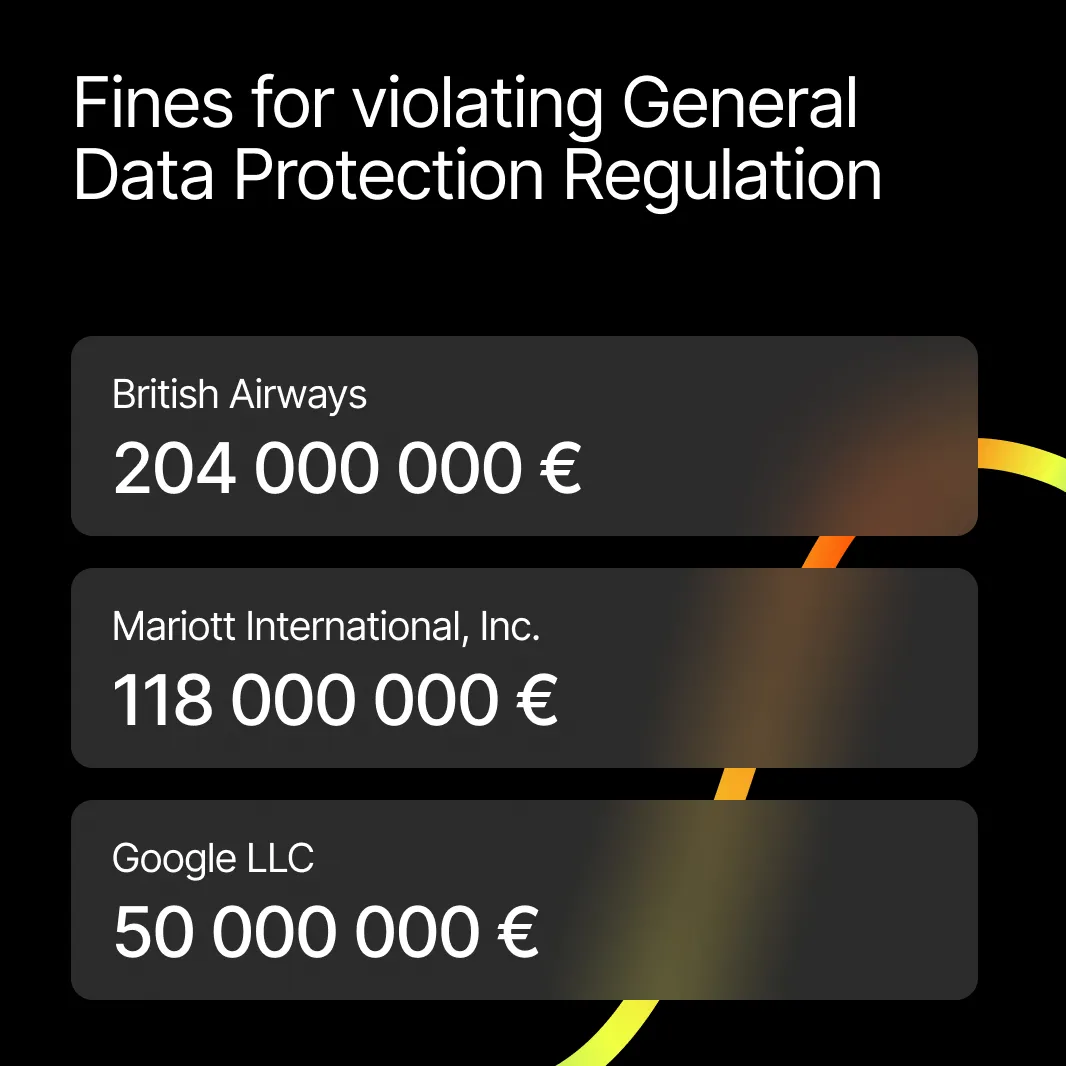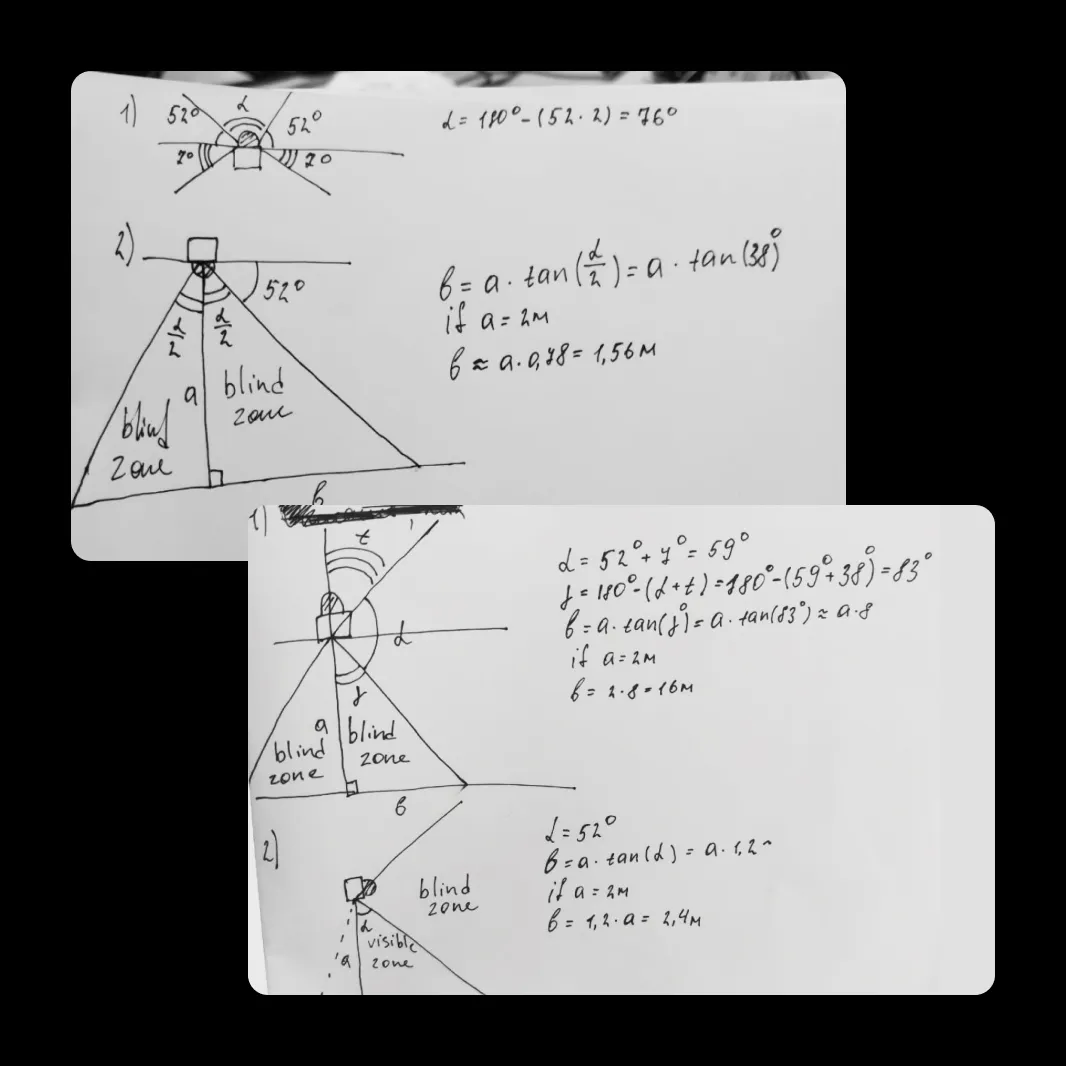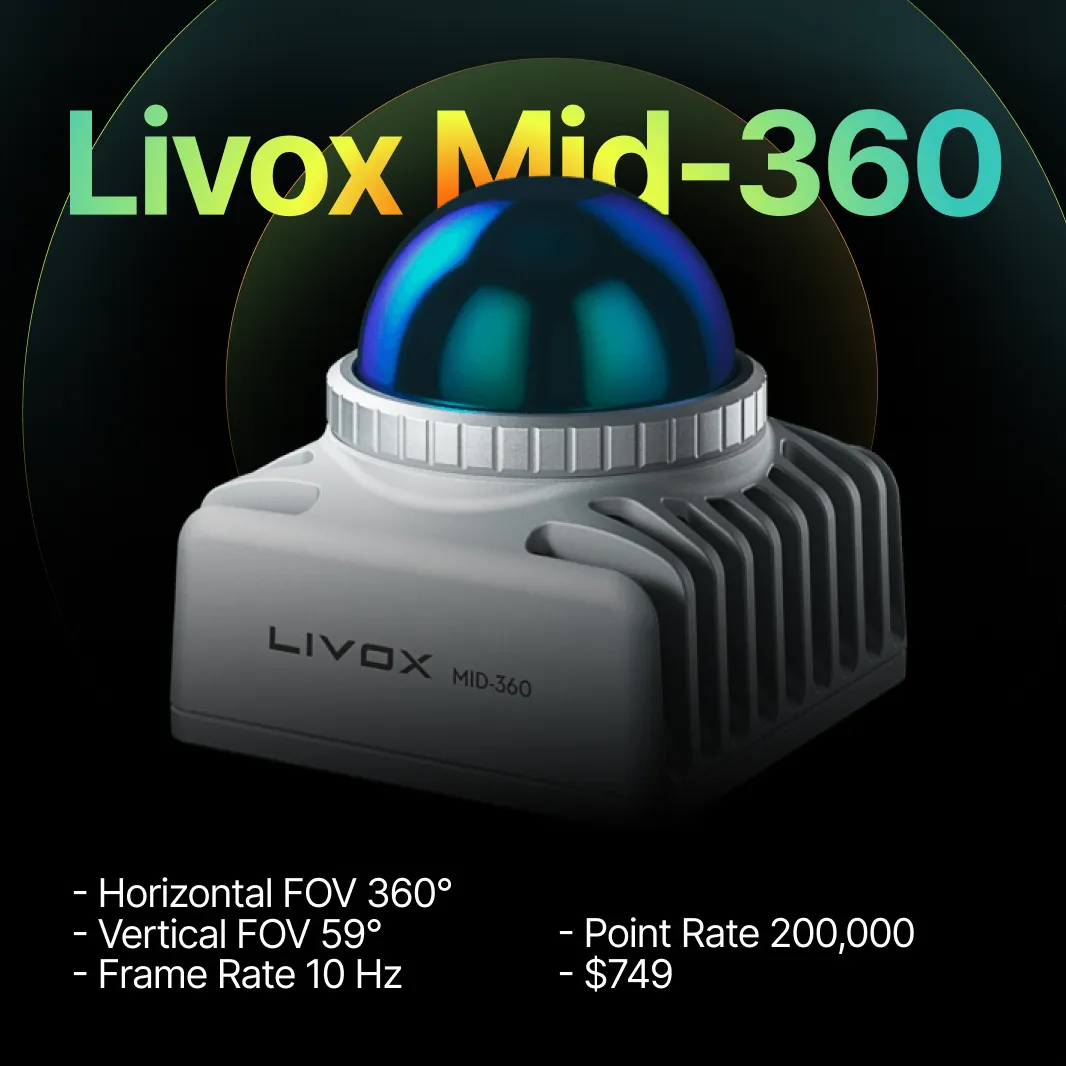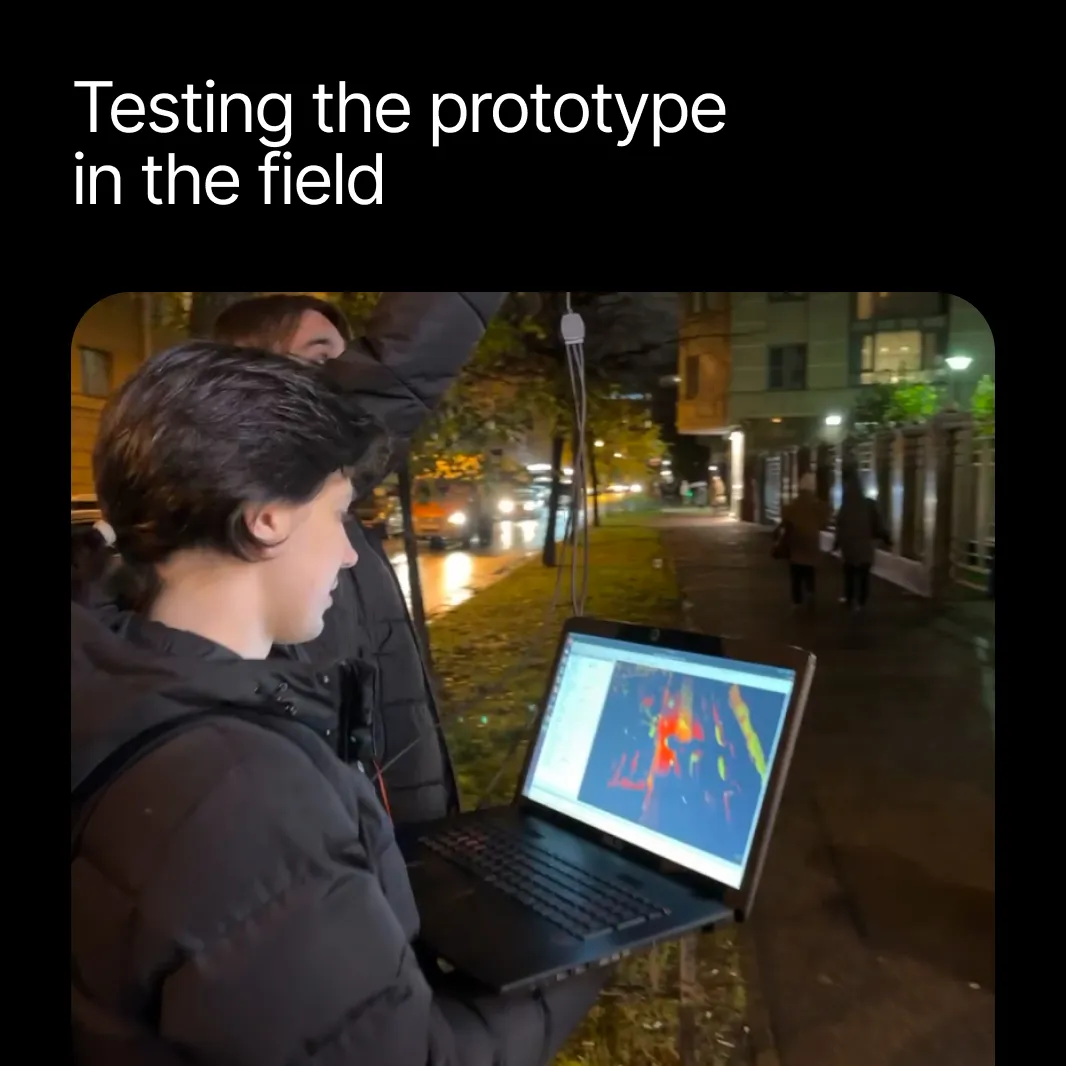There are only two types of billboards
These two types are effective and ineffective billboards. Hundreds of people pass by the first type every minute, while the second type is unnoticed by anyone.
It's easy to distinguish between them if the marketer ordering out-of-home advertising knows the city well. But what if they live in Madrid and are placing ads in Stockholm? This is precisely why an independent tool for evaluating foot traffic near billboards is needed for such situations.
